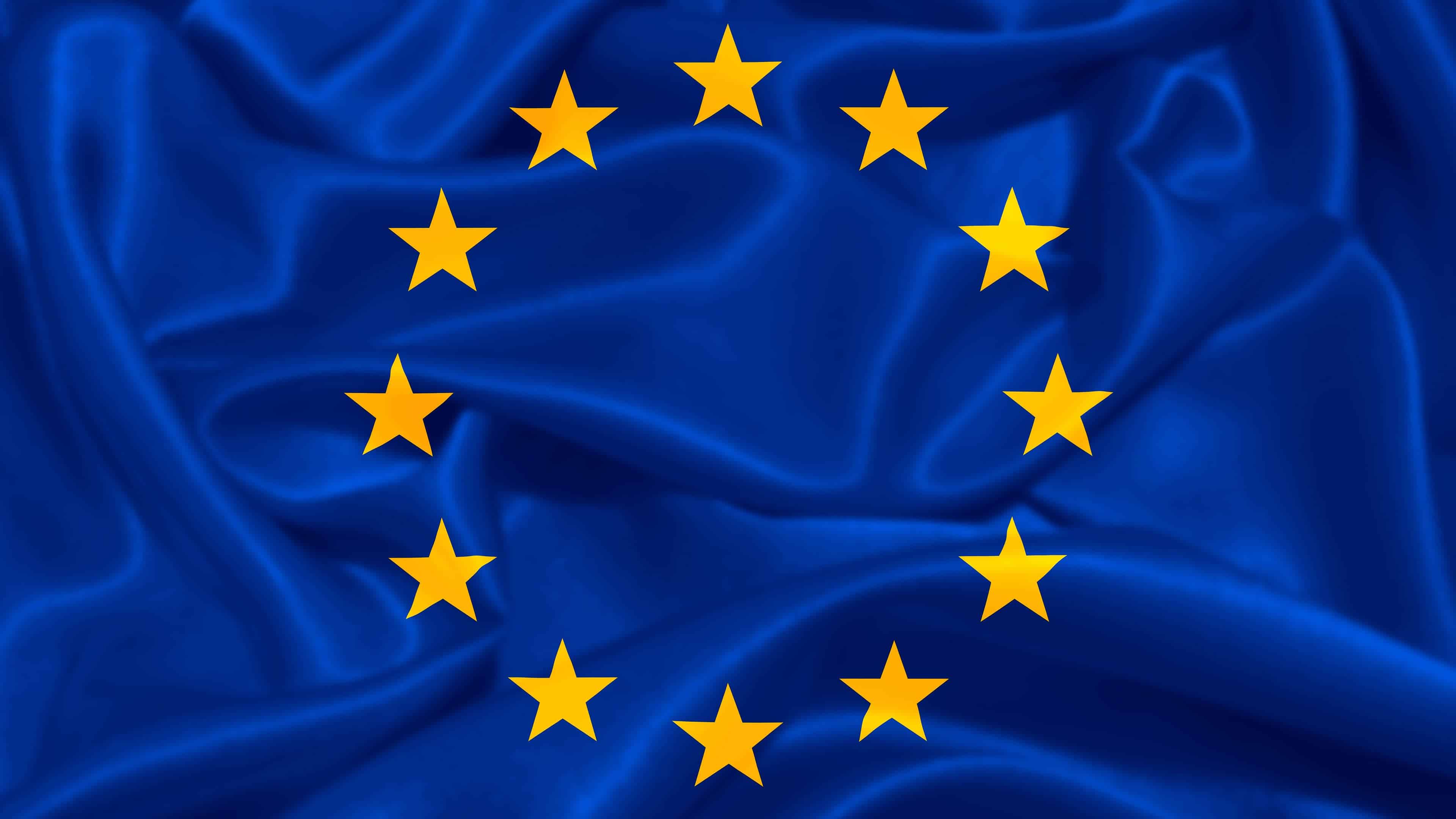The North Atlantic Treaty Organization’s collective defense principle wouldn’t necessarily trigger an immediate armed response in the event of a “small attack” by Russia against a member like Estonia, Admiral Rob Bauer, former Chair of the NATO Military Committee, told the newspaper Die Welt in a June 23 interview. Bauer explained that a small Russian operation that does not threaten a member’s “overall territorial integrity” would leave “time for consultations” to weigh the question: “Do we want to start a war or not?”
Bauer also argued that “Putin doesn’t see NATO as an immediate threat,” pointing to Russia’s muted response to Finland joining the alliance and the largely rhetorical nature of the Kremlin’s nuclear threats.
[…]
Good thing the EU has a mutual defense clause that is way tighter than Article 5
/s for anyone unaware.
At the NATO summit later this month, members will discuss not only increased defense budgets, but also new operational concepts to respond immediately to a Russian attack—including counterstrikes inside Russia—Estonian Foreign Minister Margus Tsahkna told Defense One at the GLOBSEC security conference.
“The new concept is that if Russia is coming, then we will bring the war to Russia. That’s what we are talking about,” Tsahkna said. “We have no time then to discuss whether we can use one of the other weapons or whatever. We have no time. We need to act within the first minutes and hours.”
Maybe this former Nato chief is out of date in the meantime?
It’s manufactured rage. There is also EU article 42. Most countries don’t have the option to say no. He should know.
And so it begins.
I would rather say it already began in 2014 and has been escalating since 2022.
Addition:
I don’t understand the downvote here. Just to explain what I mean by escalation two examples of today from Ukraine where a Russian missile hit a passenger train, and another missile destroyed a residential building. Something like these, multiplied by the millions … [Warning: the two linked videos may disturb some users.]
What i meant by this is that this is how NATO becomes worthless. They will slowly incrementally weaken the rules so that NATO members arent forced to actually respond to invasions.
I mean this was always the case, right? Just the headline is making people think the alliance is falling apart.
Article 5 only says all parties will take “…such actions as deemed necessary…to restore and maintain the security of the North Atlantic area.”
Nato doctrine was even that the attacked country doesn’t have to be defended but the attacker could be attacked elsewhere.
EU article 42 is much stronger. It’s strange that it is rarely mentioned.
Not only that, some of the defensive plans during the Cold War were pretty destructive for the defended countries. One big part of the planned response to an all-out Warsaw Pact assault on Western Germany, for example, would have been to detonate several truckloads (in total 141) of nuclear mines on choke points along strategically advantageous routes in order to slow down the attack.
There were prepared shafts for deploying those mines on important choke points near the East German border along the most likely avenues of attack.



